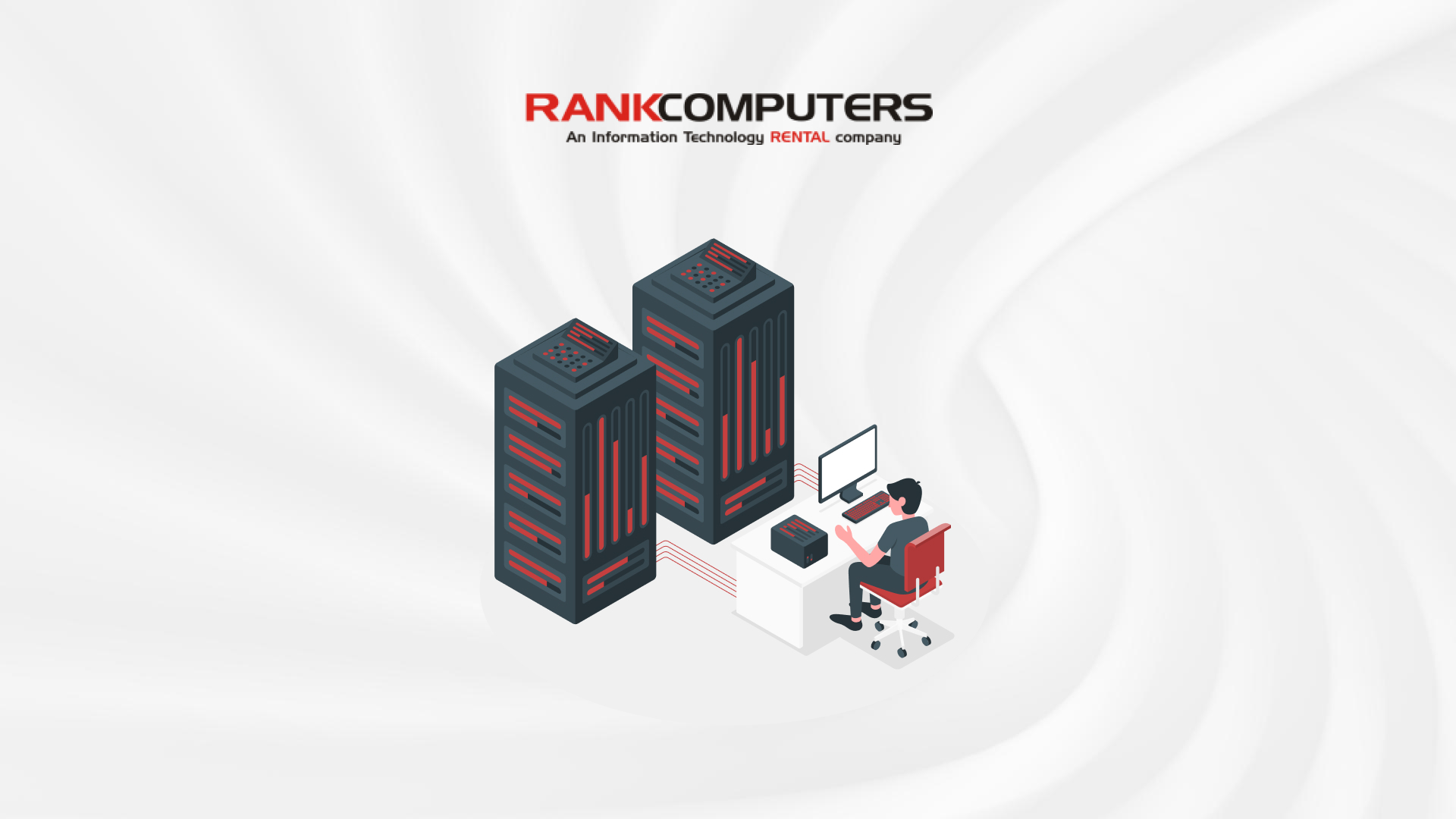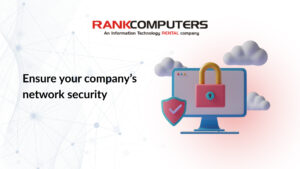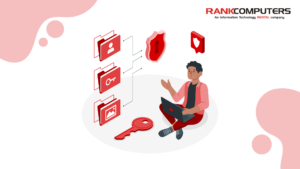When it comes to building a robust IT infrastructure for your business, there are two crucial considerations – quality and cost. Often, you’ll find that the best-quality equipment is extremely expensive, and purchasing multiple such devices for your company can carve a big hole in your pocket. As technology evolves rapidly, organisations must find ways to create a cost-effective IT infrastructure that balances efficiency, performance, and budget constraints.
Fortunately, with the rise of the IT rental industry comes a solution that not only offers cost savings but also enhances flexibility and scalability. Although rental equipment is a convenient option, you must know how to leverage these devices to build a lean and efficient IT infrastructure while minimising upfront costs and optimising resource utilisation.
Let’s dive right in.
How to create & manage a cost-effective, efficient IT infrastructure?
To build a strong IT infrastructure, you need sturdy equipment and long-term solutions to your everyday problems.
One of the primary advantages of renting IT equipment is that you can rent high-quality technological devices at a very low cost. Besides that, instead of hefty upfront investments, you can opt for rental agreements that provide access to top-of-the-line equipment at a fraction of the actual price. This approach eliminates the need for large capital outlays, allowing you to allocate your organisation’s financial resources more strategically.
Here are some ways in which you can leverage IT rentals to create a strong IT infrastructure.
Conduct a thorough assessment
The first step towards building a cost-effective IT infrastructure is to assess your current setup. Analyse your hardware, software, networking equipment, and storage systems to identify areas where efficiency can be improved and outdated technologies can be replaced. Understanding your existing infrastructure’s strengths and weaknesses is crucial for making informed decisions about the necessary upgrades or changes. Additionally, you can choose to eliminate those devices that are not regularly used, which will significantly cut down on your expenses. This way, you’ll have a detailed list of devices that you need to rent, and you can plan your IT budget accordingly.
Ensure that your rental devices are energy-efficient
Energy consumption is a significant part of an IT infrastructure’s operational cost. Ensure that the devices you choose to incorporate in your IT environment are energy-efficient hardware, such as servers, switches, and storage devices. Incorporating Energy Star-certified equipment into your technological architecture can significantly reduce power consumption while maintaining high performance. You can also choose to invest in power management tools that allow you to control and monitor energy usage effectively.
Implement a system for equipment lifecycle management
As technology evolves, the devices you have at the moment may become outdated in the near future or even break down. Implement a strong system to monitor the lifecycle of your devices, including their efficiency and performance. Next, choose the right IT rental provider that can also offer equipment upgrades and replacements in your rental contract, ensuring that you always have access to up-to-date and reliable devices. This eliminates the need for you to manage the complexities of equipment disposal or use outdated assets, further streamlining operations and reducing costs associated with ageing equipment.
Conduct regular maintenance and upgrades
Proper maintenance and timely upgrades are essential to maintaining a cost-effective IT infrastructure. When you have purchased IT equipment for your organisation, you might have to outsource maintenance and support tasks, which is an added expense. With rental equipment, you can rest assured that your rental providers will take care of the installation, maintenance, and degradation processes for your IT devices. You can leverage these services to regularly update your software, improve system performance, and implement security patches. When these maintenance tasks are performed at regular intervals, they can extend the lifespan of your equipment, minimising replacement costs.
Monitor and analyse device performance
Implement robust monitoring tools to keep track of your IT infrastructure’s performance and identify areas for improvement. You must monitor key performance indicators such as CPU and memory utilisation, network traffic, and application response times. Analysing these data trends will help you determine your device requirements further – whether you need to decrease the number of devices or add new ones. Besides that, if device efficiency is a problem, you can get it replaced.
Conclusion
With rental IT devices, it becomes easy to build a lean, cost-efficient IT infrastructure that is also scalable and robust. However, there are a few factors you must consider before choosing to rent IT devices. An important consideration is finding trusted IT rental providers, who can provide you with high-quality equipment and easy customisation options that will further enhance the adaptability and efficiency of your business’s IT infrastructure.
Building a cost-effective IT infrastructure is a strategic imperative for businesses seeking efficiency, agility, and cost savings. Leveraging IT equipment rentals offers a practical and economical approach to achieving this goal. By embracing rentals, you can access high-quality technology, scale resources as needed, simplify equipment management, and significantly minimise the financial burden of upfront investments. Empower your business to thrive in a lean and efficient IT environment while optimising your budget with the transformative benefits of IT equipment rentals.



